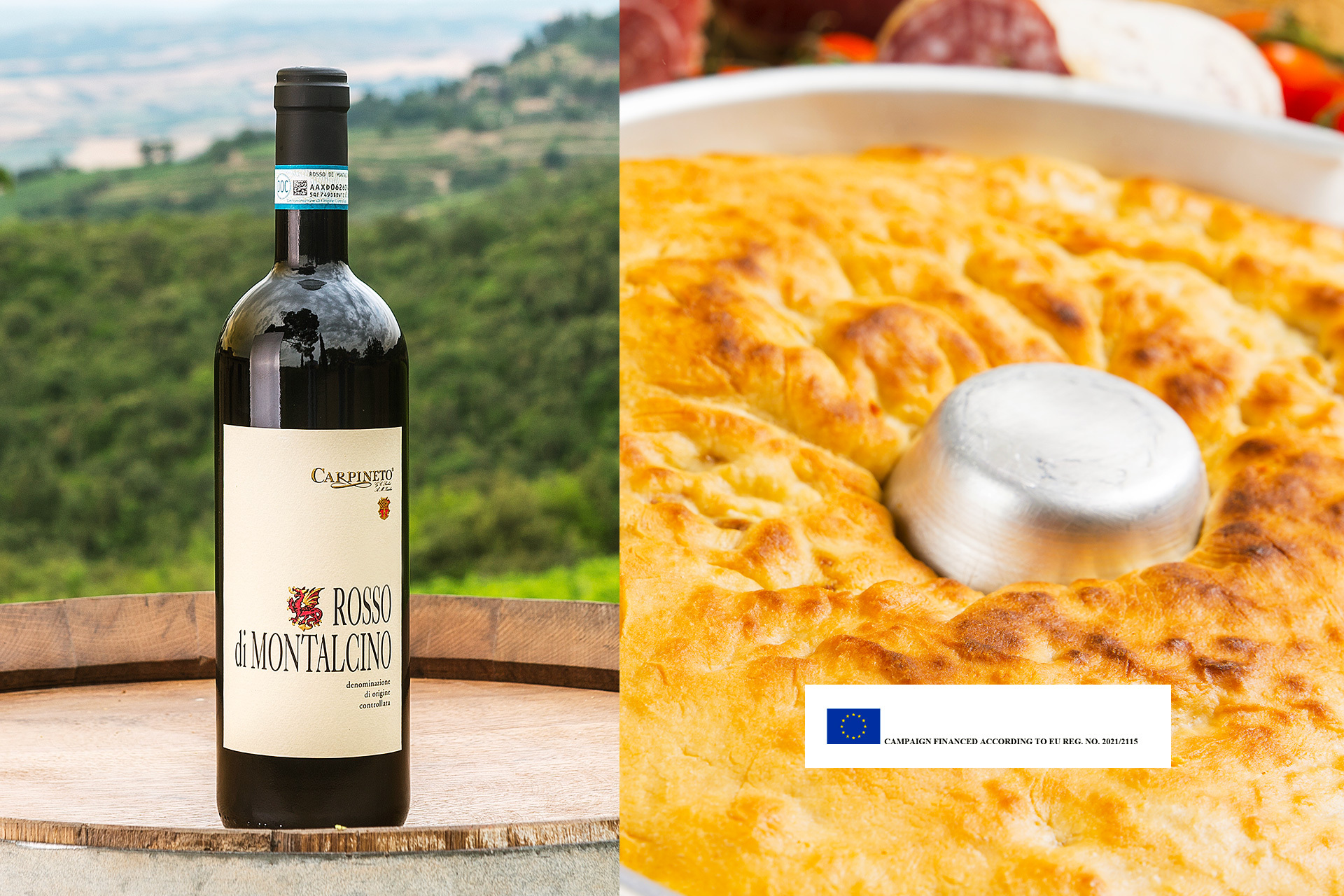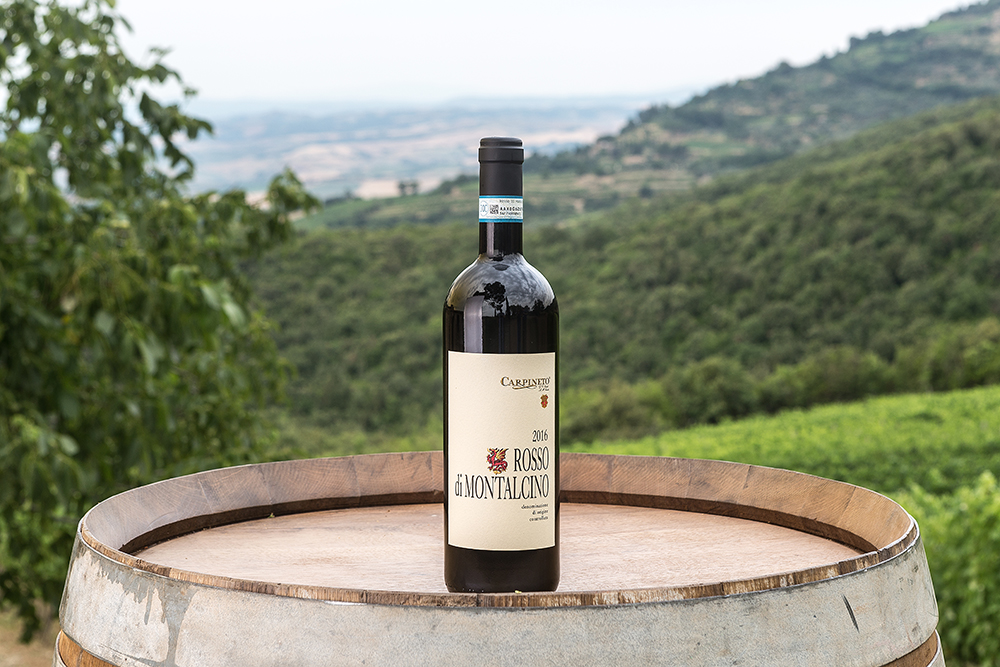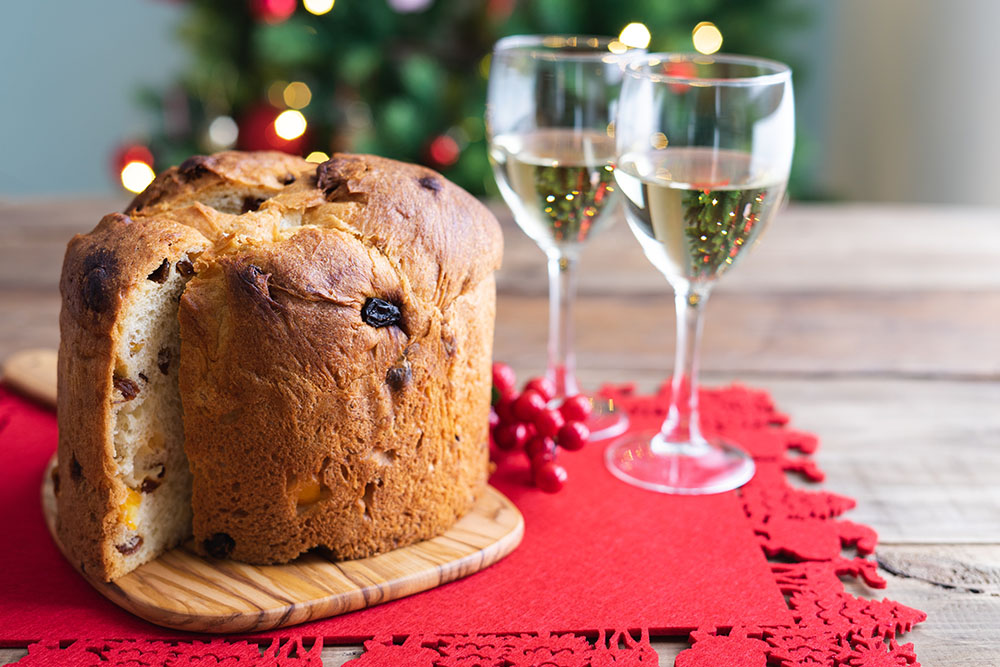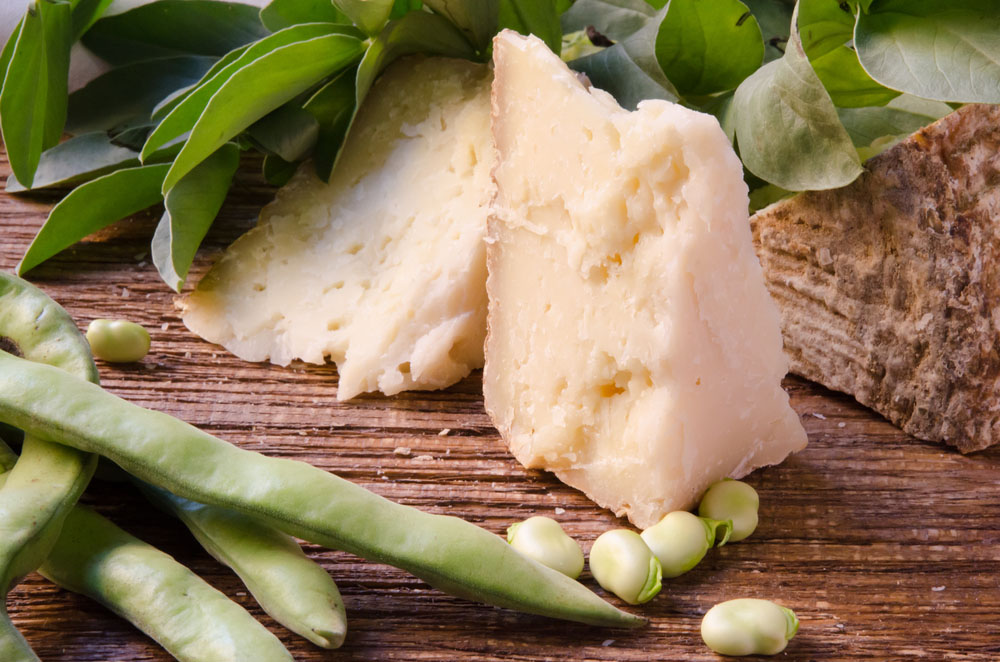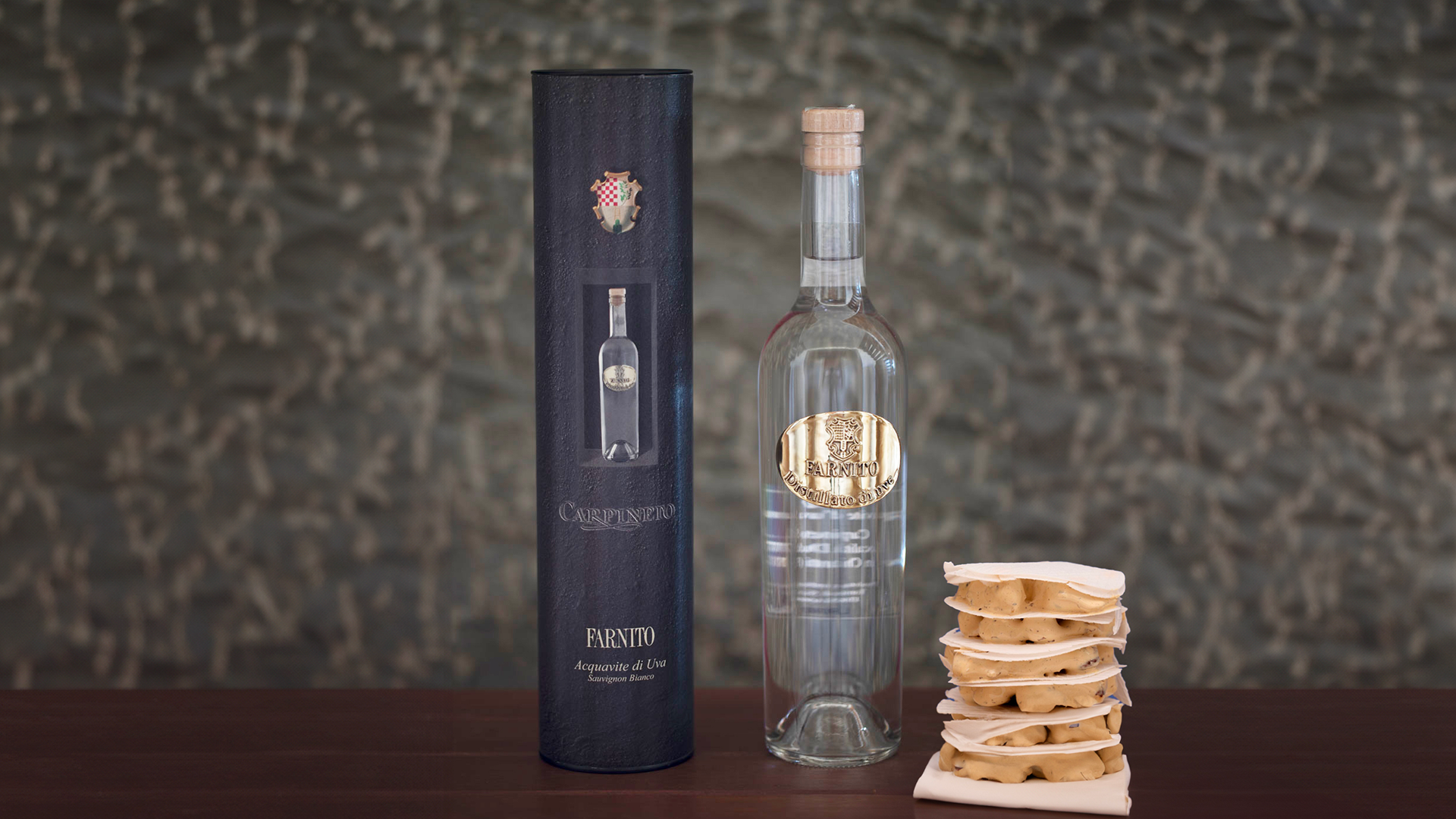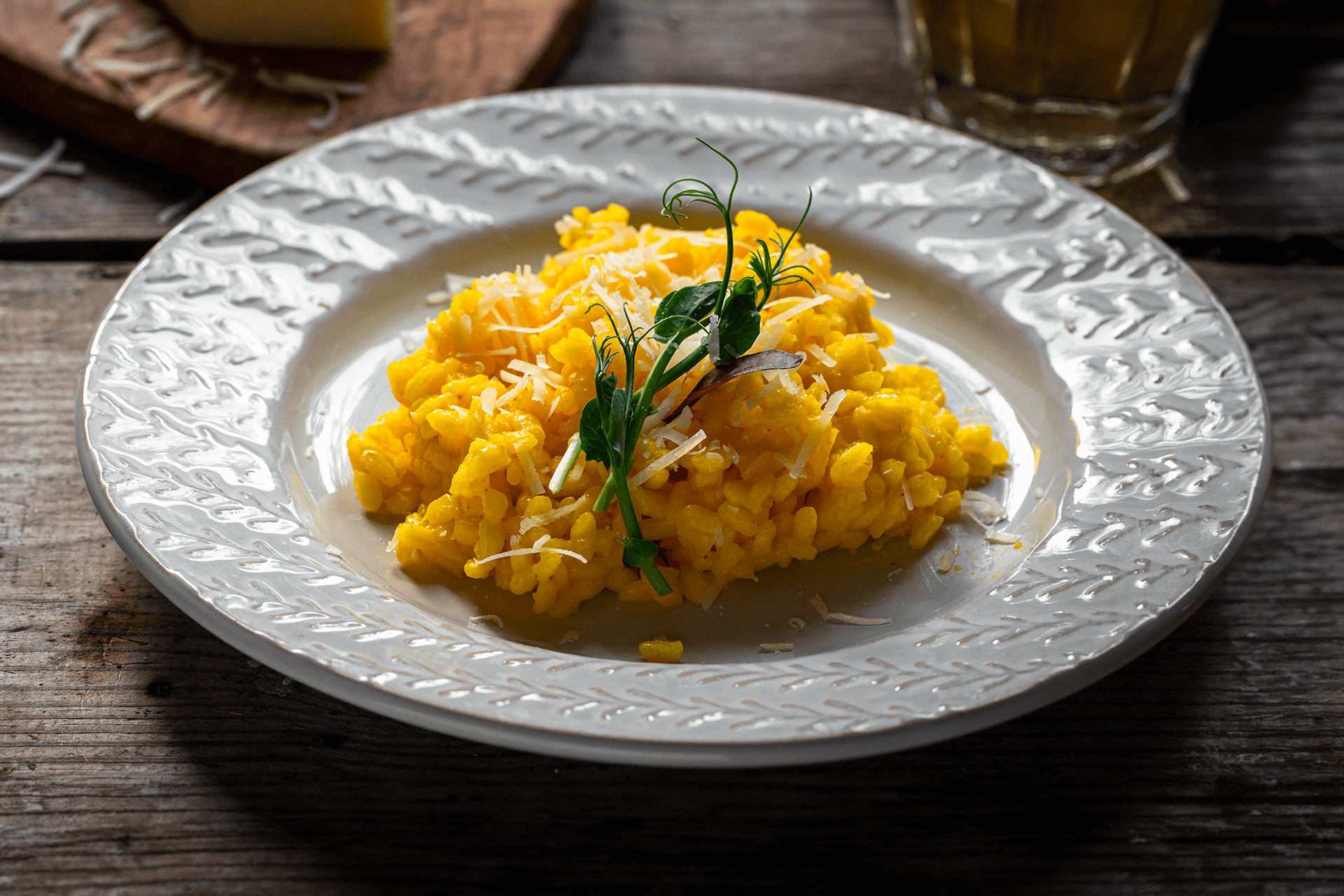Easter is a very meaningful holiday all across the globe, and Italy makes no exception. As you might already imagine, every Italian region has its own traditions and recipes for Easter. However, generally speaking, they almost always include a very special salty pie, also referred to as “Pizza di Pasqua” (literally, Easter’s pizza).
No matter where they come from, Italians gather together and feast on delicious meals made up of lasagne, lamb, sweets and cakes, Easter eggs and also Easter pies. Of course, everything is accompanied by a nice glass of Italian wine.
So how do Italians celebrate and have fun on Easter? There’s no need for an egg hunt if you have such wonderful Easter pies! They can be sweet or salty, but in this article we will be focusing on the savory version of the recipe which is easier to match with our usual wine suggestion that we will give you later on in the article.
Easter Pizza is a savory, leavened dish rooted in the Easter tradition of central Italy, but it is rapidly spreading also in the United States. Resembling the shape of panettone, it's crafted from flour, eggs, and a blend of grated cheeses, typically parmesan and pecorino, hence its nickname "cheese pizza." To prepare a perfect Easter pie, follow these indications:
Ingredients:
-
500 g flour
-
100 ml water
-
10 g fresh brewer's yeast
-
5 eggs
-
5 tablespoons extra virgin olive oil
-
50 g lard (optional)
-
1 teaspoon sugar
-
1 teaspoon ground pepper
-
Approximately 1 level teaspoon fine salt (reduce if adding more pecorino)
-
230 g grated cheese mixture of pecorino and parmesan
Firstly, dissolve the yeast and sugar in lukewarm water, then add 100 g of flour and mix thoroughly with a fork until a soft yeast forms. Cover the bowl with cling film and let it rise for about 2 hours until doubled in size, usually when the first holes appear on the surface.
Next, combine the remaining flour and grated cheese with the yeast, creating a well in the center and adding the beaten eggs. Begin kneading by hand or with a mixer fitted with a paddle attachment at medium speed until a cohesive dough forms and liquids are fully absorbed.
Gradually incorporate the oil and, if you want to, soft lard into the dough, ensuring each addition is absorbed before adding more. The dough should become smooth and elastic, detaching from your hands. Add salt at the end and knead well again. If you want a vegetarian version, you can just use more olive oil.
Transfer the dough to a large bowl, cover, and let it rise until tripled in volume, after approximately 3 hours. Stop the leavening process, fold the dough, then shape it into a ball and transfer it to a 12cm high 750g baking cup or a tall flared mold.
Allow the dough to rise in a warm place (with the oven turned off but recently heated) until it reaches the edge of the cup or mold. This may take 3-4 hours or longer if the environment is too cold. Bake at 350°F in a preheated static oven on the middle rack for about 35-40 minutes until a golden dome forms. Test with a long wooden toothpick; if it comes out moist, continue baking for another 5-6 minutes. Remove from the oven and cool completely on a wire rack. When it’s cool enough, enjoy your Easter Pie!
We promised a perfect wine match, right? Here’s a perfect combination indeed: Try this wonderful Easter Pie with a bottle of Rosso di Montalcino DOC 2022!
Carpineto’s Montalcino estate sits at 500 meters (1,600 ft) above sea level, offering a unique terroir with sedimentary “galestro” soil dating back to the Eocene era. Surrounded by dense woods, the vineyard is shielded from warm, humid winds, resulting in wines imbued with flavors of wild berries and Mediterranean herbs. This microclimate fosters wines with intense aromas, vibrant acidity, refined elegance, and remarkable aging potential.
Carpineto's Rosso di Montalcino displays a rich ruby red color with delicate garnet reflections. The nose reveals notes of cherry, elderberry, pickled black cherries, and dark stone fruits, accented by floral violet tones and subtle herbal hints. On the palate, it offers a velvety texture, rounded structure, characteristics that make this wine perfect for a savory and cheesy cake. Balanced acidity and harmonious tannins contribute to its length and persistence.
Make this next Easter one to remember: try some Italian recipes and drink Italian wine, and you will understand why our traditions and recipes are so renowned all over the world. But most importantly, spend valuable time with all of your loved ones!
